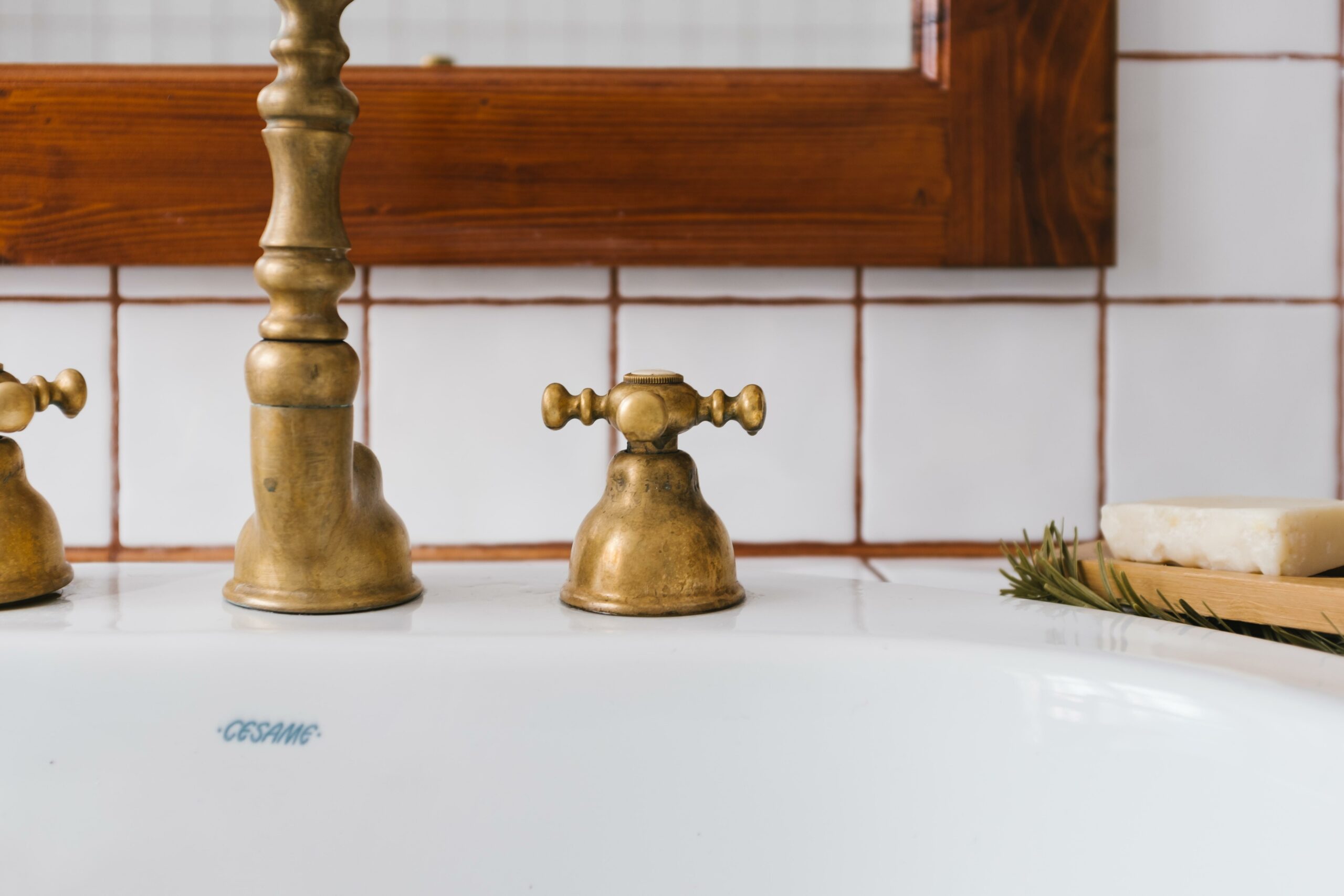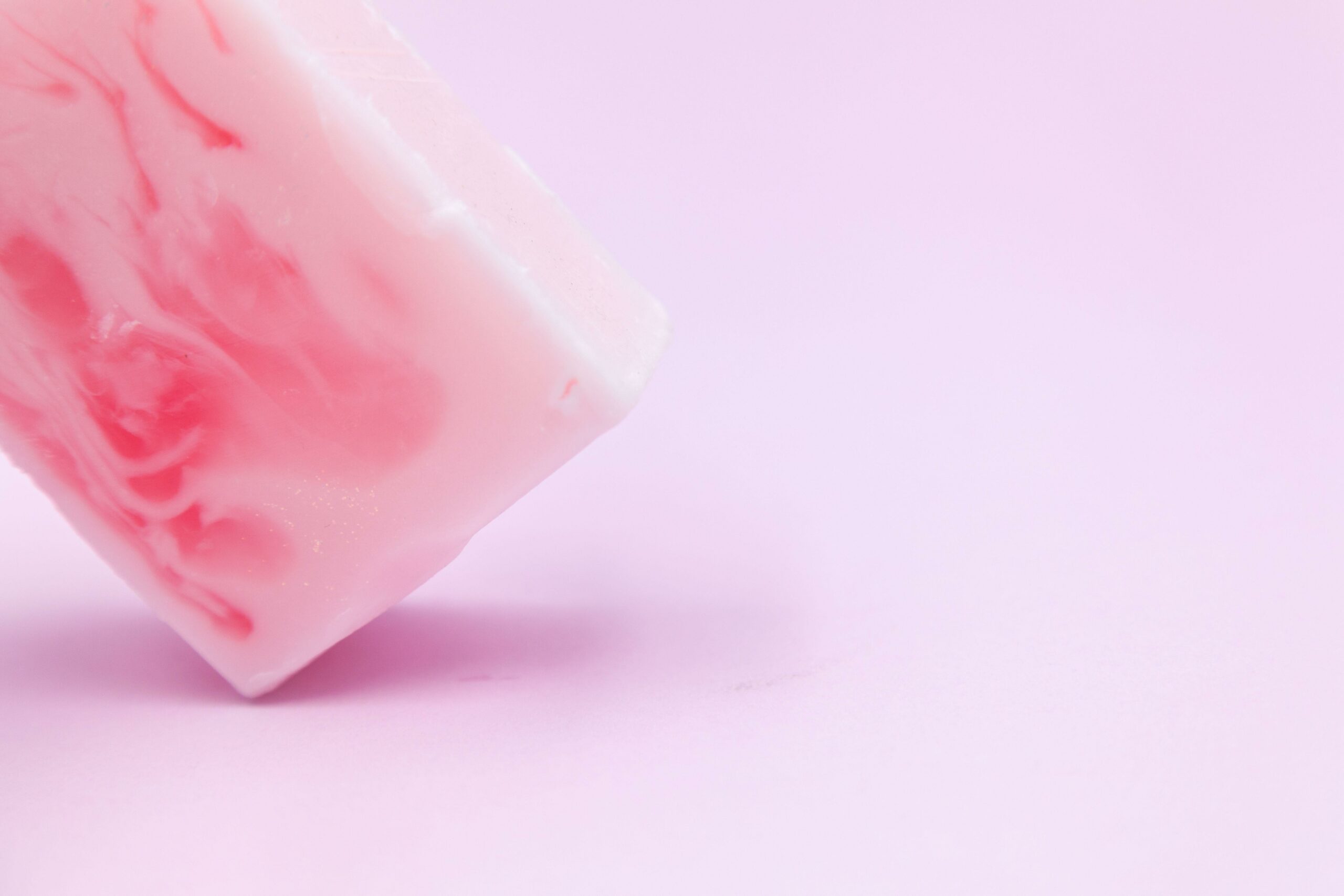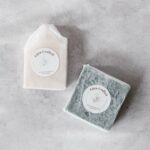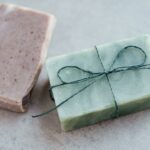Get ready to be mesmerized by the captivating art of soap carving! In this article, we will delve into the enchanting world of this unique craft and uncover some fascinating facts that will leave you in awe. From the intricate techniques used to shape exquisite sculptures to the rich history and cultural significance behind soap carving, prepare to be amazed as we explore the depths of this creative endeavor. So, sit back, relax, and let us take you on a journey filled with intriguing insights and inspiring discoveries about the art of soap carving.

Interesting Facts About Soap Carving
Did you know that soap carving is an art form that dates back centuries? This captivating craft has been practiced in different cultures around the world, each with its own unique style and techniques. From delicately shaping intricate designs to creating larger sculptures, soap carving offers a fascinating insight into the world of creativity and craftsmanship. So, let’s embark on a journey of discovery as we unveil some interesting facts about soap carving.
1. Soap carving has a rich history that stretches back to ancient civilizations. Ancient Egyptians were known to carve intricate soap sculptures as early as 2600 BC. The Egyptians used soap made from animal fats and vegetable oils, often scented with essential oils. Soap carving was also prominent in other ancient civilizations like China and India. It’s awe-inspiring to think that this art form has endured through the ages, connecting us to our ancestors and their creativity.
2. The choice of soap for carving can greatly impact the outcome. Soap carvers often prefer using bars made from vegetable oils or glycerin, as they are softer and easier to manipulate. These soaps allow for more intricate detailing and give a smooth finish to the final piece. Conversely, harder soaps like castile or tallow-based soaps require more strength and precision when carving. Experimenting with different types of soap can lead to unique results and expand the possibilities of your creations.
3. Soap carving offers a therapeutic and meditative experience. As you dive into the world of soap carving, you’ll discover that it goes beyond just creating beautiful pieces. Many artisans find solace and tranquility in the process of carving. The repetitive motions and focus required can help calm the mind, reduce stress, and enhance mindfulness. Whether you’re a beginner or a seasoned carver, this art form provides a wonderful way to relax and unwind.
4. Soap carving can be a sustainable and eco-friendly art form. With the increasing demand for environmentally conscious practices, soap carving stands out as a sustainable option. Instead of working with materials like wood or stone, which require harvesting and extraction, soap carving utilizes a readily available and biodegradable medium. It allows artists to express their creativity without contributing to deforestation or resource depletion.
“Soap carving is a window into the past, an artistic journey that connects us to our ancestors and their creative traditions.”
5. Soap carving helps develop fine motor skills and hand-eye coordination. As you meticulously shape, carve, and refine your soap sculpture, you’re also honing your dexterity and coordination. The intricate movements required to create detailed designs strengthen the muscles in your hands and fingers, improving your overall control and precision. This makes soap carving not only a visually appealing art form but also a rewarding practice that enhances your motor skills.
6. Soap carving is an art form that encourages innovation and experimentation. While traditional soap carving often focuses on creating intricate designs and sculptures, contemporary carvers have pushed the boundaries by incorporating modern techniques and unconventional materials. Some artists use layered soap to create 3D effects, while others experiment with different tools and textures. There is a world of possibilities waiting to be explored, allowing you to unleash your creativity and discover your unique style within the realm of soap carving.
7. Soap carving is a versatile craft with various applications. Soap carvings can be transformed into practical items or decorative pieces. From delicately carved soap flowers that can be used as bath accessories to intricately sculpted figurines adorning shelves, the possibilities are endless. Soap carvings also make for unique gifts, showcasing your creativity and thoughtfulness. Whether you carve for self-expression or to create functional items, soap carving allows you to bring beauty into everyday life.
“Through the art of soap carving, we can embark on a journey of self-expression, unleashing our inner creativity and transforming a humble bar of soap into a captivating masterpiece.”
So, the next time you stumble upon a bar of soap, consider its potential beyond cleansing. A world of creativity awaits, with fascinating facts about soap carving intertwining history, innovation, and personal expression. So grab your tools and let your imagination soar as you embark on this enchanting artistic adventure.
Soap carving is not only a fun and creative hobby, but it also has some amazing facts associated with it. Did you know that soap carving has been practiced for centuries, with evidence dating back to ancient civilizations? The art of carving soap has evolved over time, and it has become a popular form of self-expression and craftsmanship. If you’re curious to learn more about the intriguing world of soap carving, check out these fascinating fun facts about soap carving. Just click here to uncover the secrets behind this captivating art form. Happy carving!
FAQ
Q: What is soap carving?
A: Soap carving is the art of shaping and sculpting soap into various designs and objects using carving tools.
Q: How long has soap carving been practiced?
A: Soap carving has been practiced for centuries, with records dating back to ancient civilizations such as the Egyptians and Romans.
Q: What type of soap is used for carving?
A: Carving soap is typically made from a soft and pliable material, such as glycerin or vegetable-based soap, which allows for easier manipulation and carving.
Q: What are some popular designs for soap carving?
A: Popular designs for soap carving include animals, flowers, fruits, and intricate geometric patterns. Some artisans also create soap replicas of famous sculptures or landmarks.
Q: What are the tools used in soap carving?
A: The basic tools used in soap carving include carving knives, gouges, shaping tools, and sandpaper for fine detailing and finishing touches.
- Senior at What Age: Benefits & Eligibility Guide - March 29, 2025
- Unlocking Senior Benefits: How Old is a Senior? Your Complete Guide - March 29, 2025
- Master Russian Politeness:A Guide to Saying Please - March 29, 2025
















